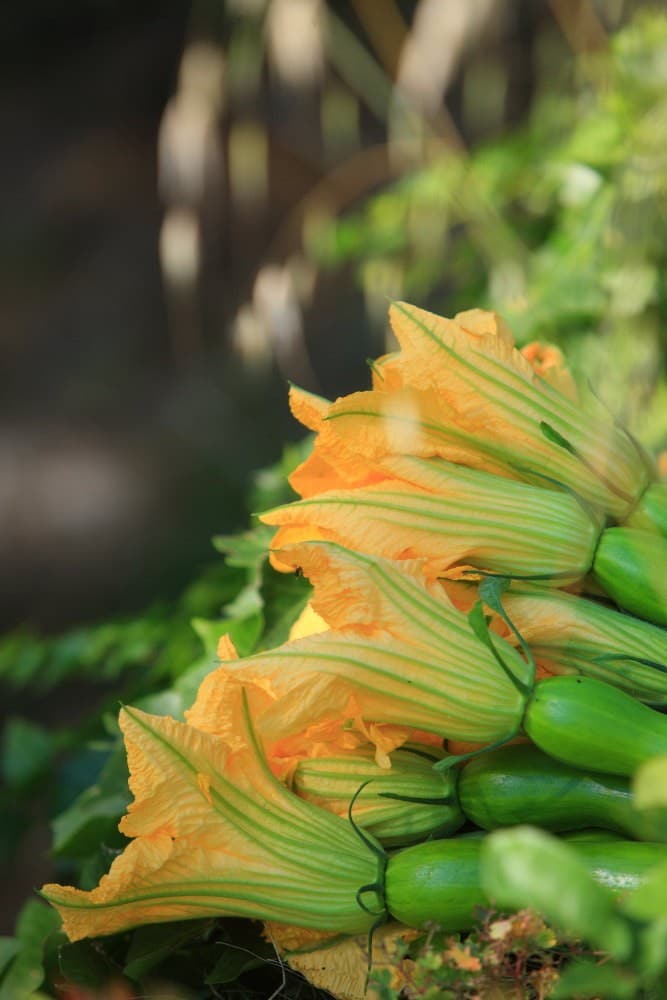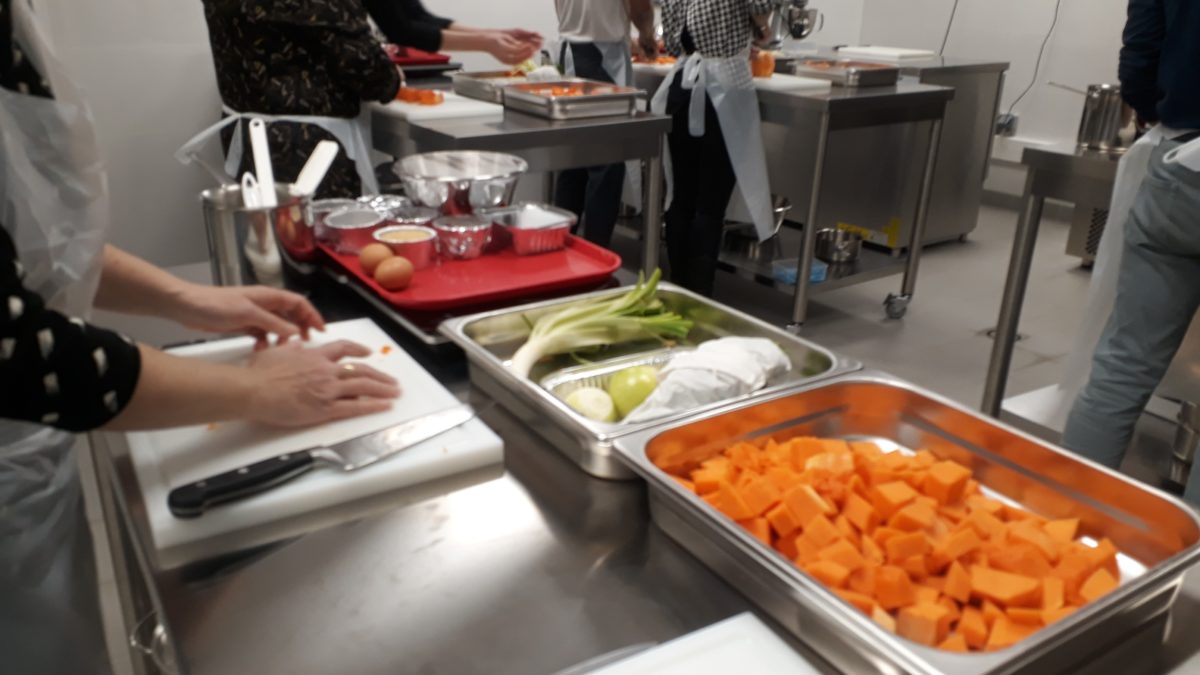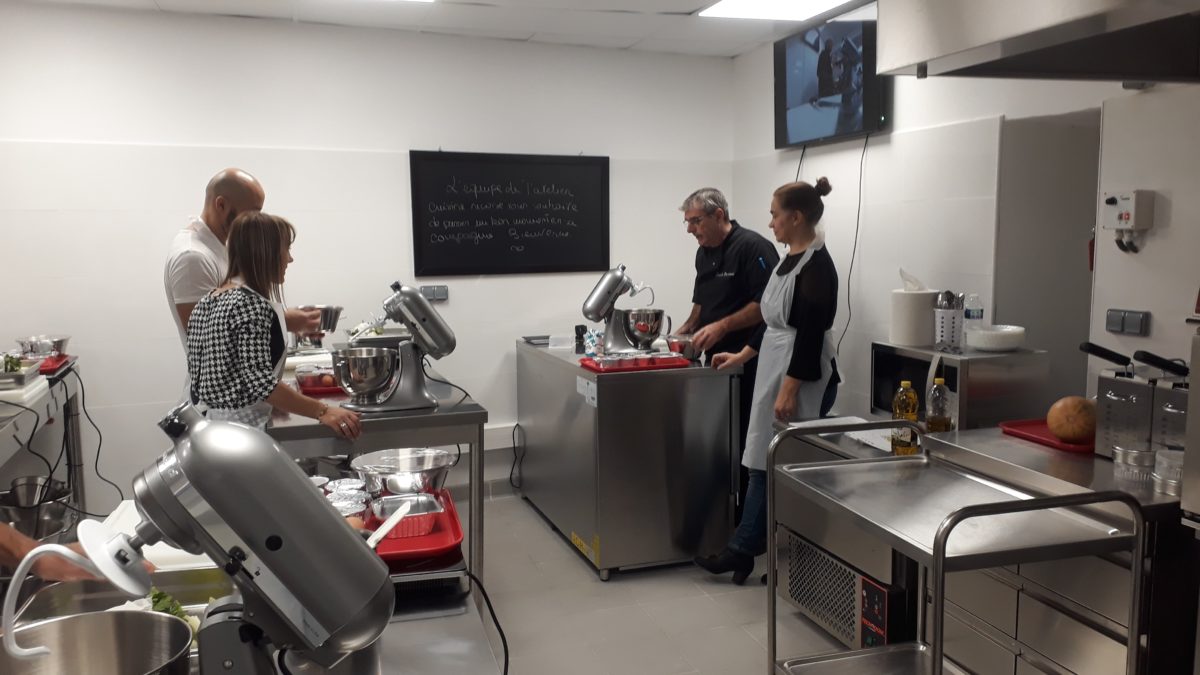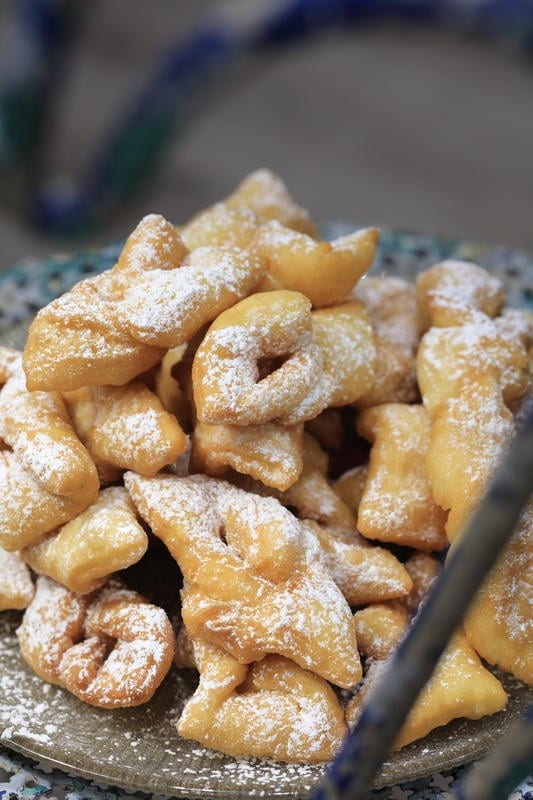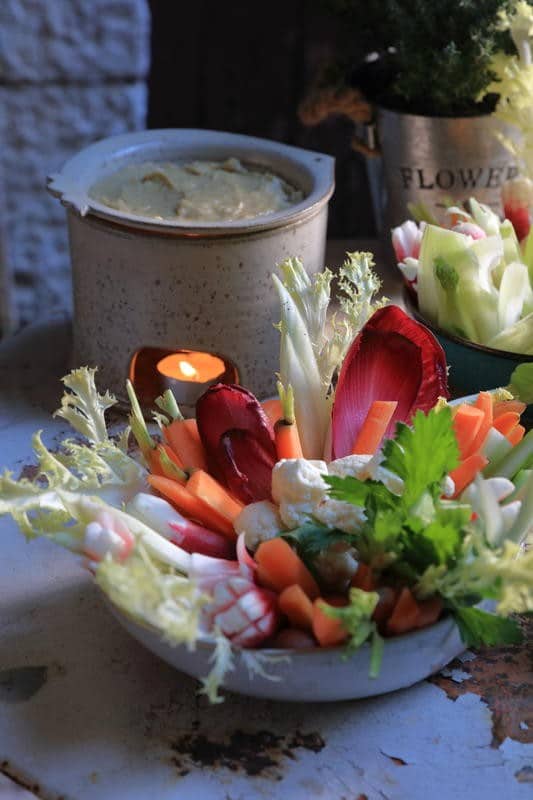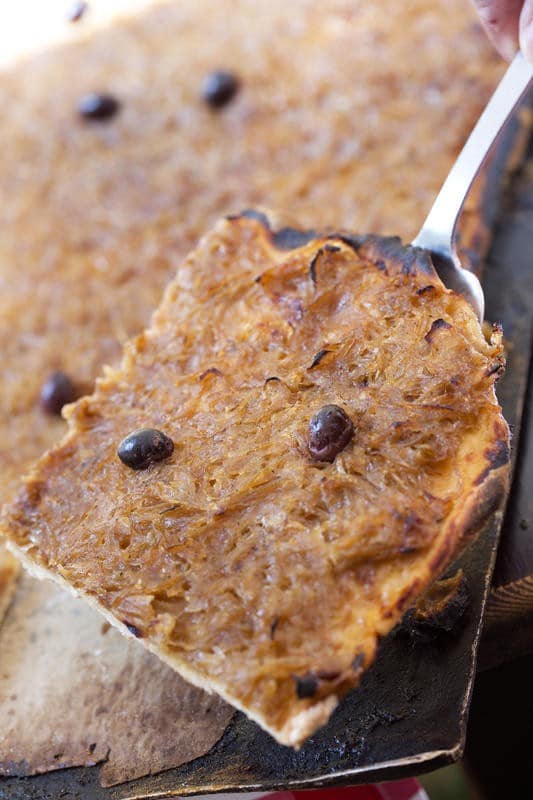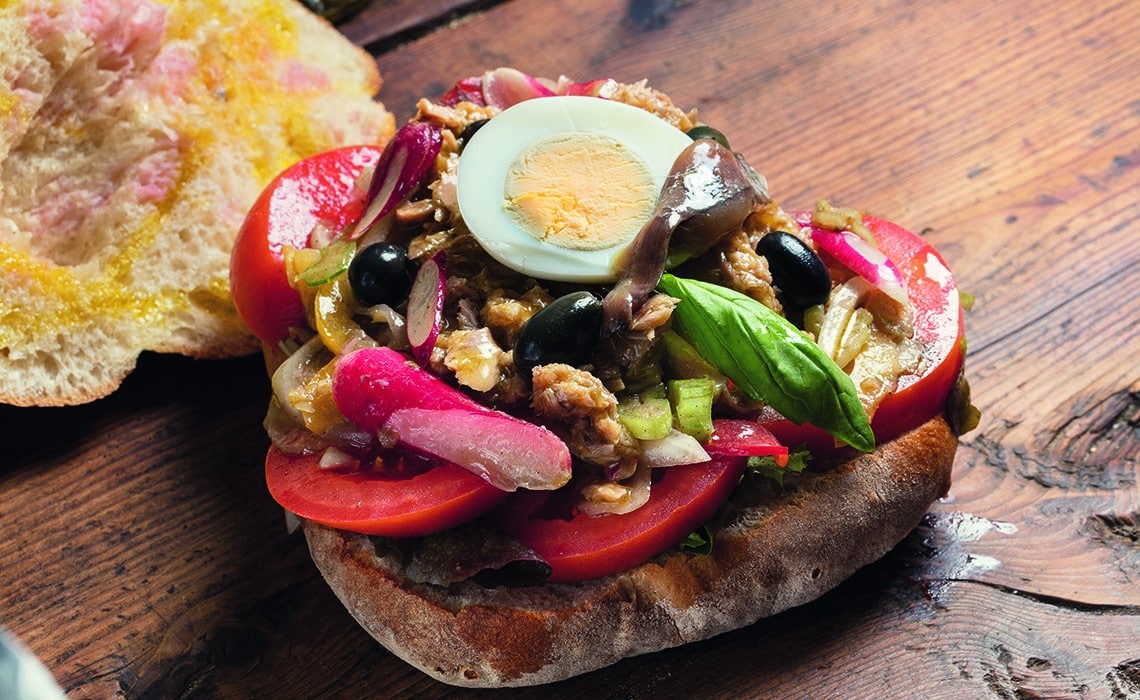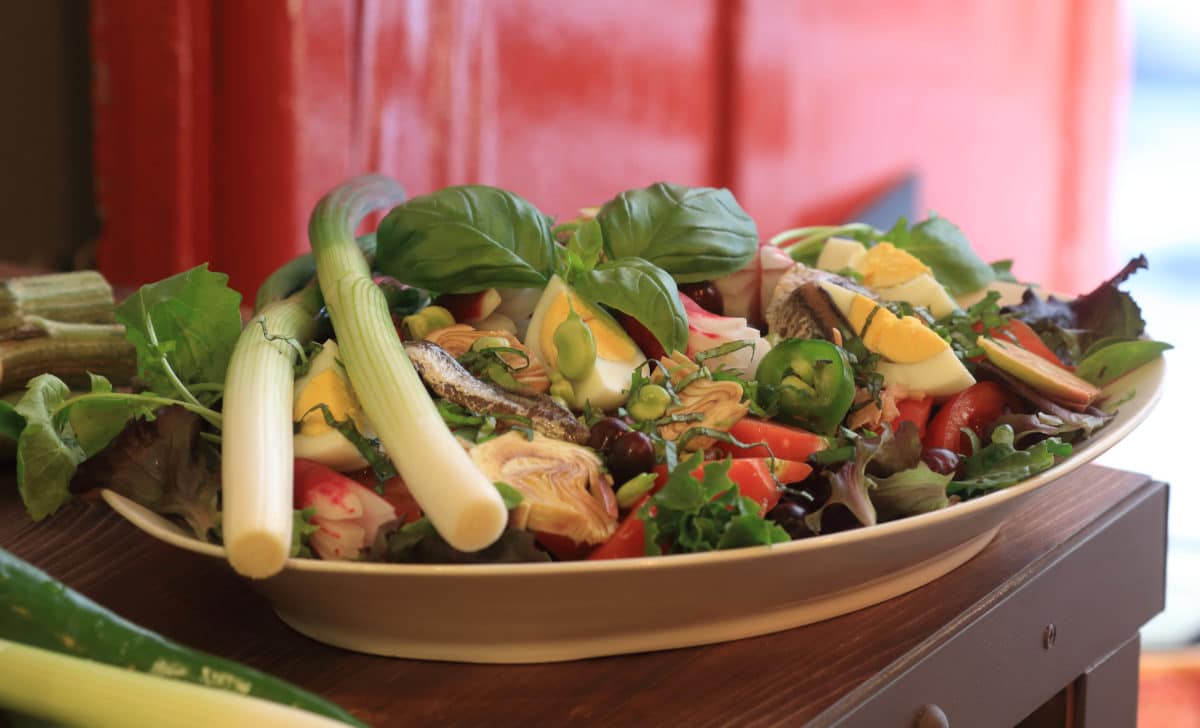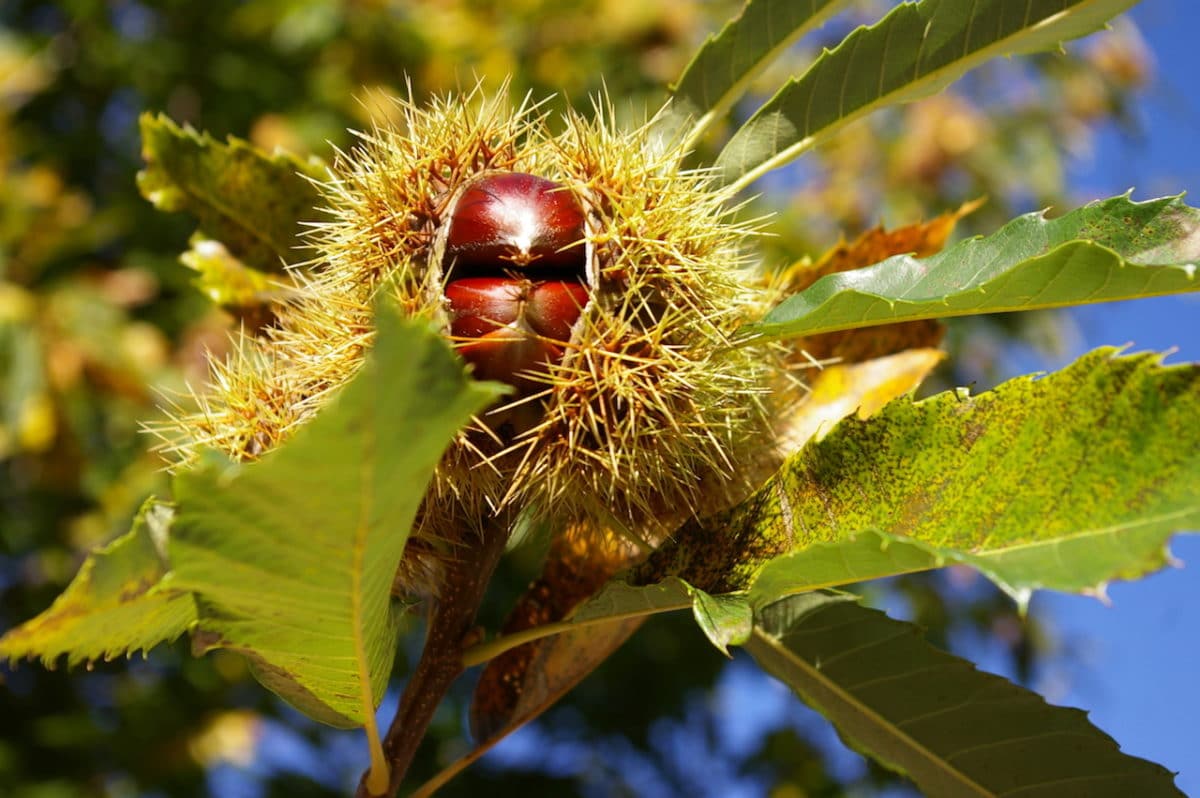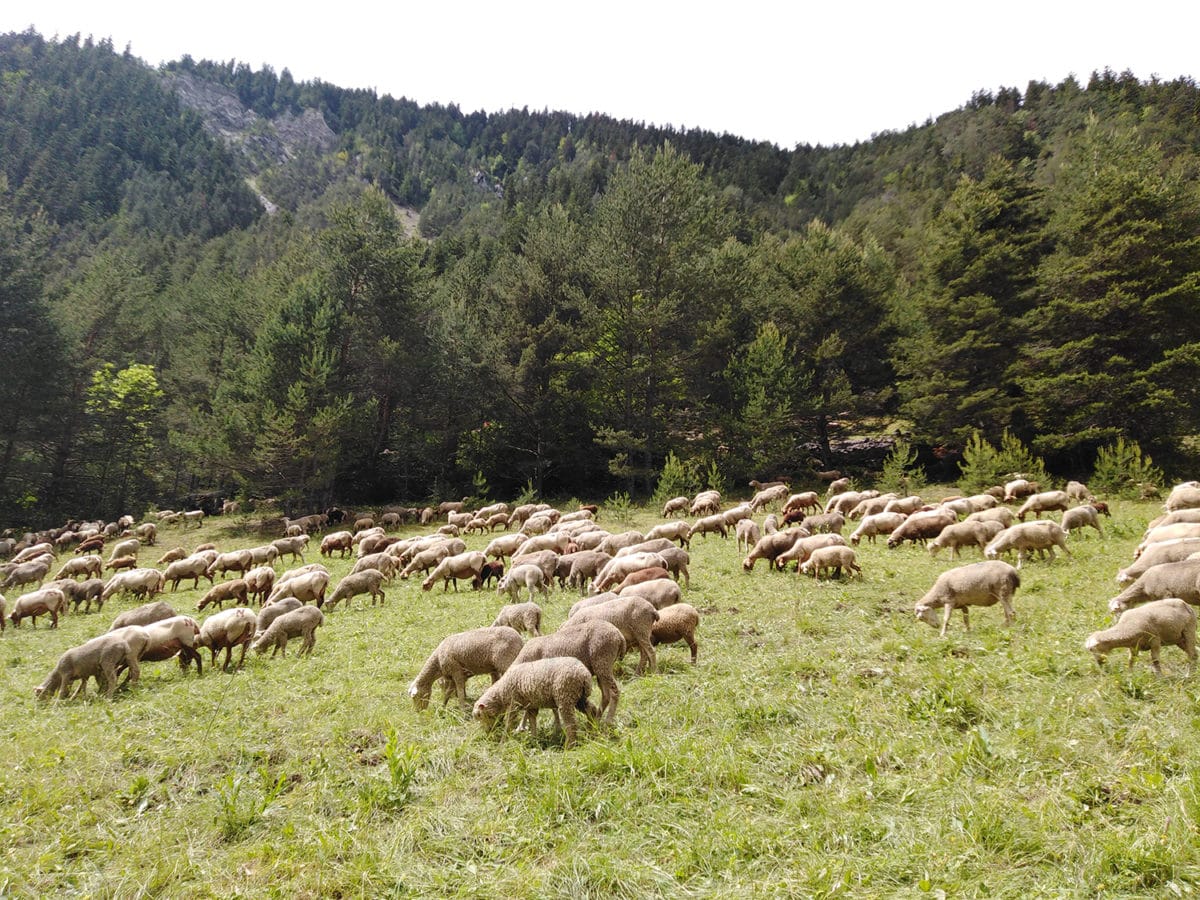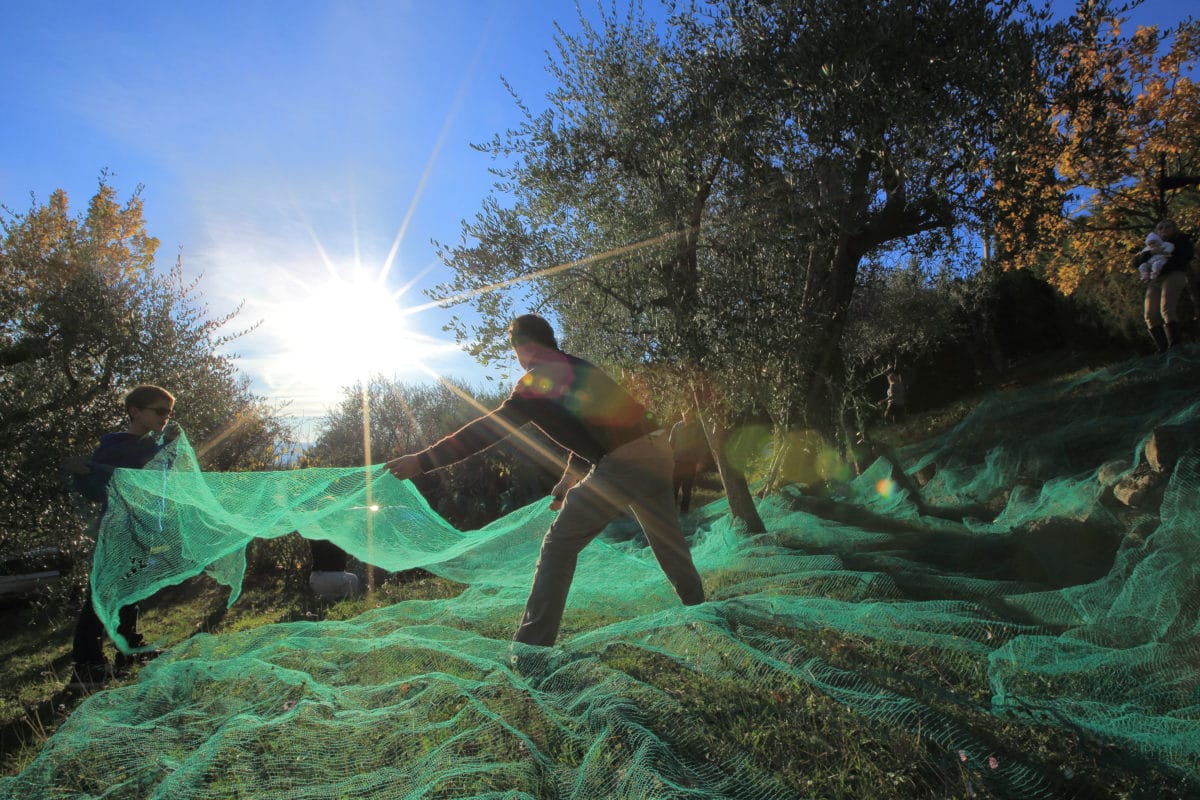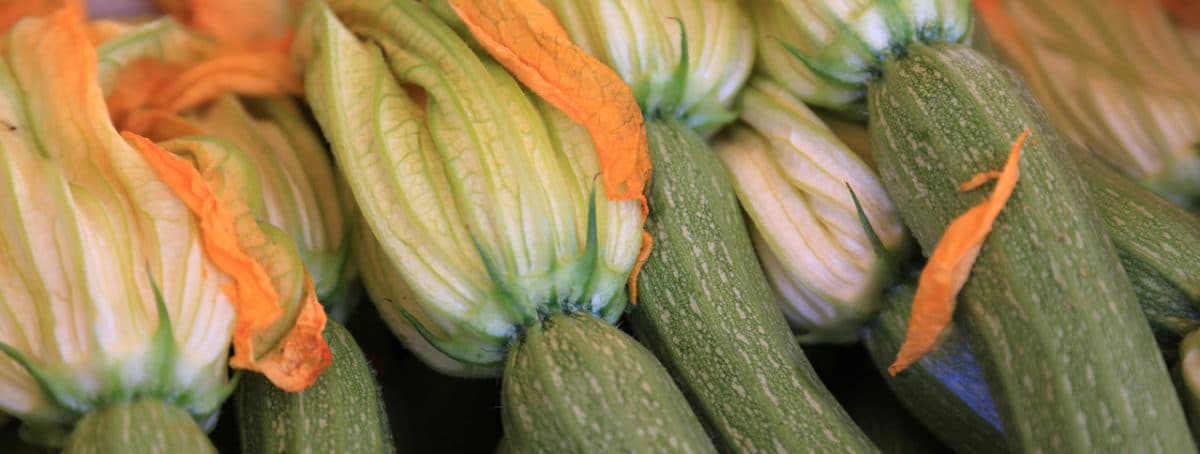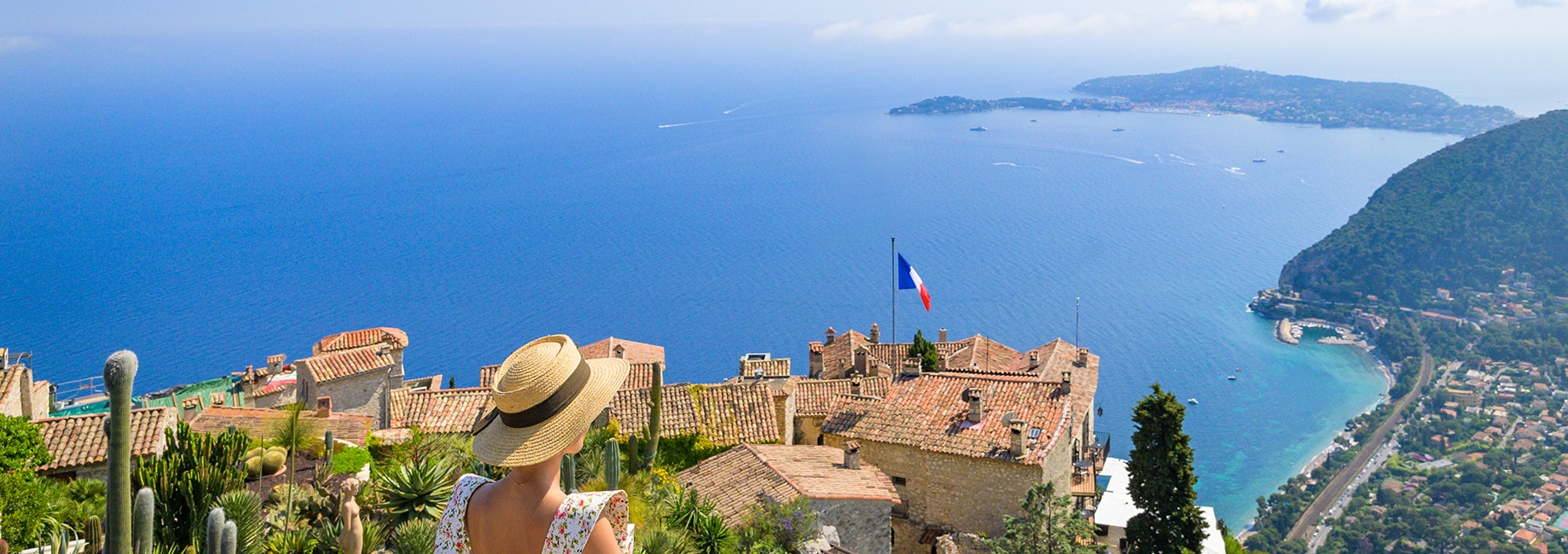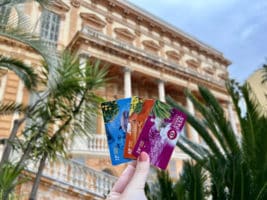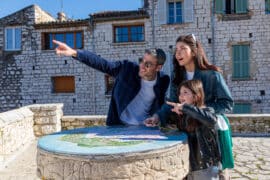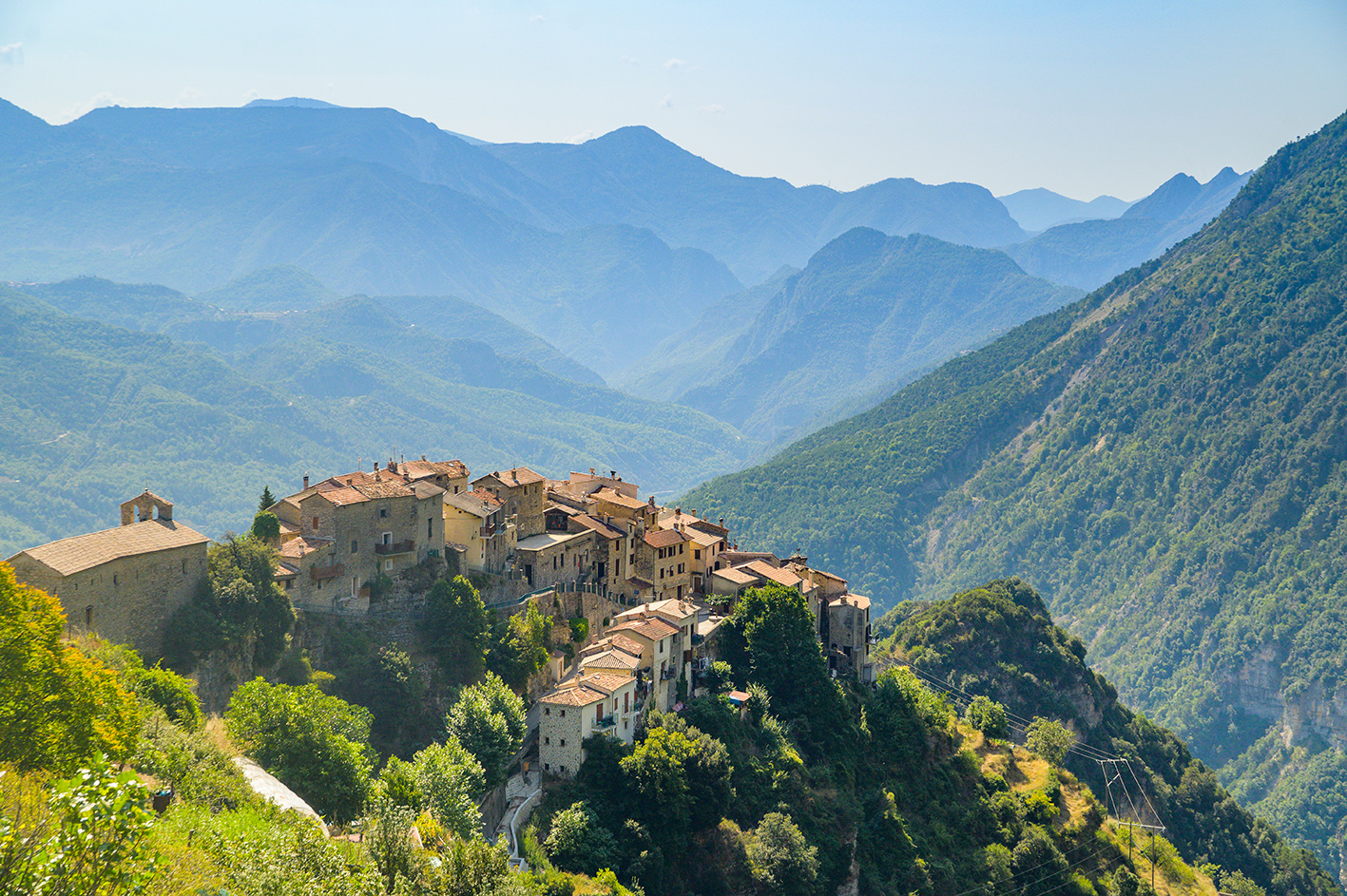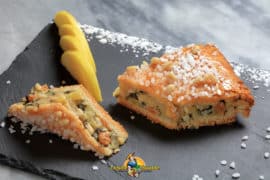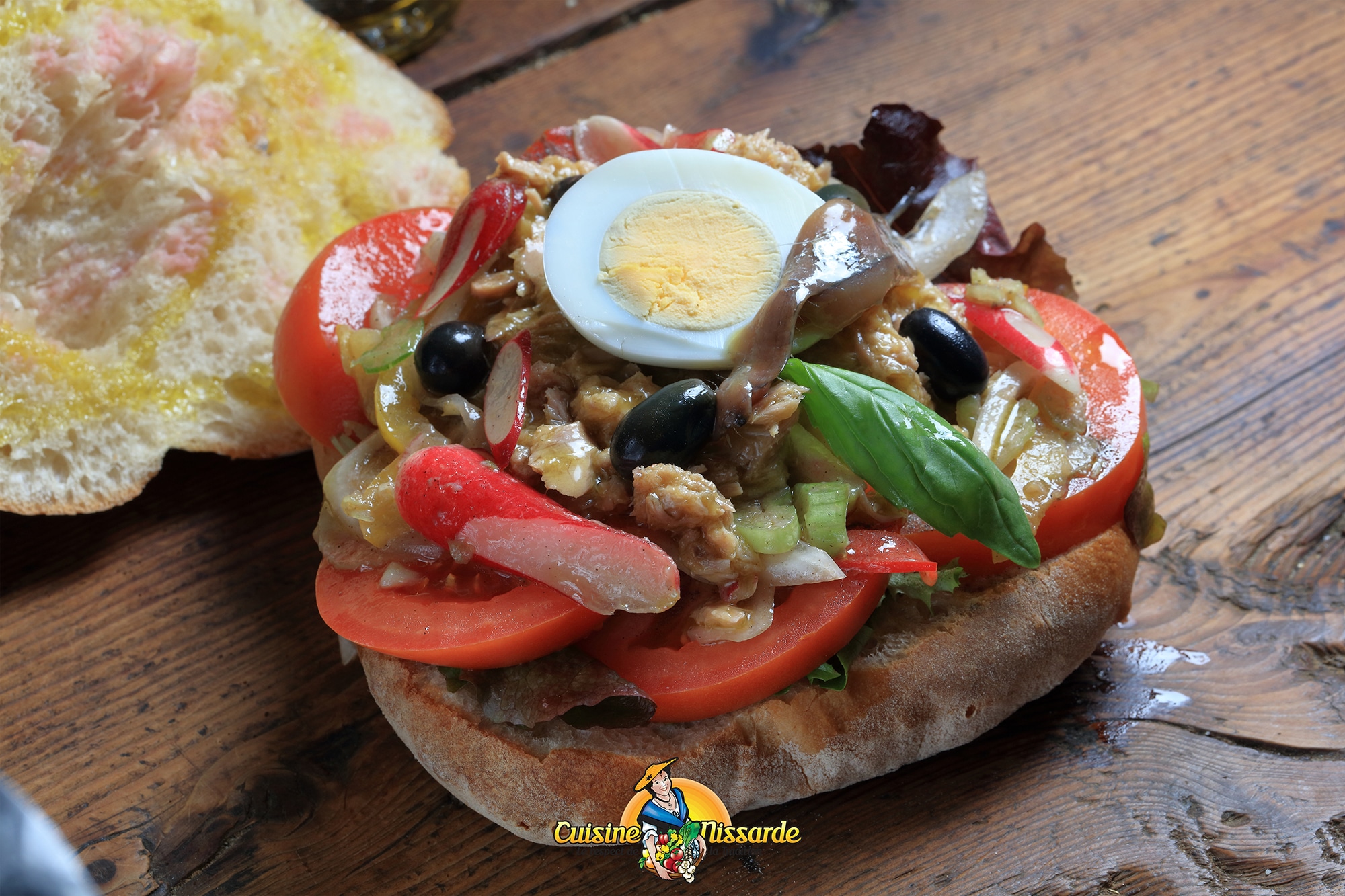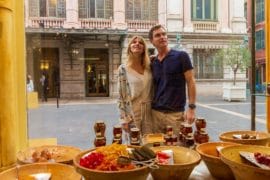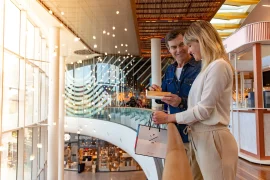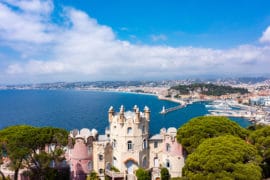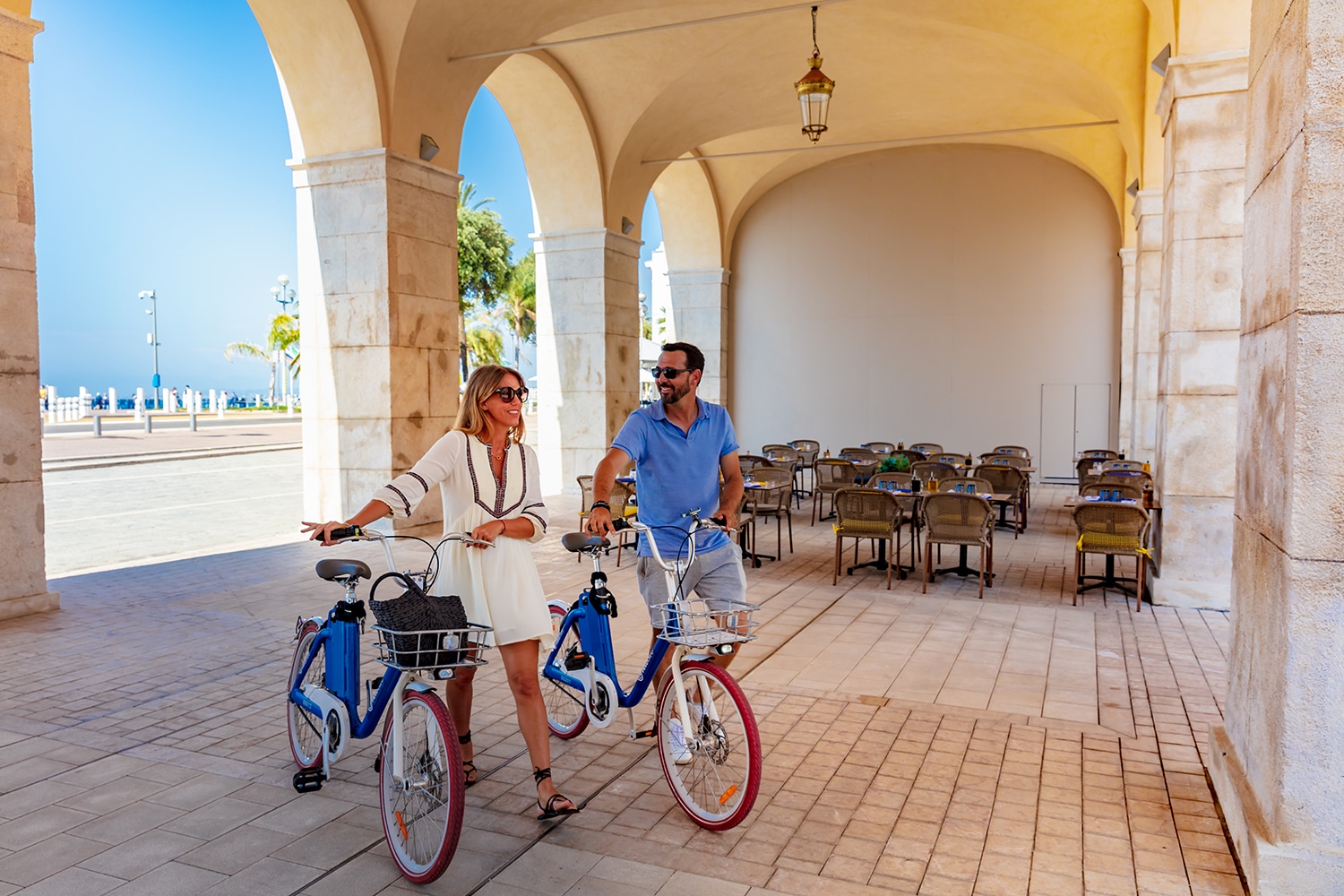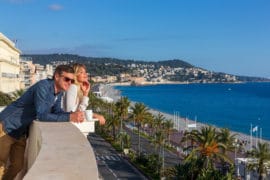Cuisine Niçoise and national heritage
12 September 2023
The Niçoise cuisine, meticulously prepared!
Swiss chard pie, socca, pissaladière generously drizzled with olive oil, pan bagnat, small stuffed vegetables, merda de can, stockfish… But yes, you are in Nice ! If the capital of the Côte d’Azur is known for its history, its architecture, its exceptional setting and its Baie des Anges, the cuisine prepared here with love, with good local produce and the savoir-faire handed down from generation to generation, is also an ambassador for the reputation of the city and its region.
For our visitors, the journey often begins on the plate, and for us natives, nothing is more precious than those moments shared around a table with family and friends. A sin of gluttony? Maybe, but it’s so good. Like everything exceptional, the cuisine of Nice is often “imitated”, of course never equalled. And beware of those who dare to transgress traditions: like Asterix’s bard, they could end the feast gagged and tied up in a tree… Did you know that our pan bagnat became part of the “French heritage” last October? A recognition for the sunny “sandwich”, the taste signature of the Comté de Nice, a national treasure, in which (among other things) tomatoes, radishes, broad beans and cebettes, hard-boiled egg, black olives and anchovies are incorporated, but no, no, no vinaigrette! (see recipe below).
This know-how must be protected, to avoid drifts that would distort the authenticity.
This is why the “Cuisine Nissarde” label was created a quarter of a century ago by the Cercle La Capelina d’or on which the Nice Côte d’Azur Metropolitan Convention and Visitors Bureau watches over like milk on the fire and brings to life. And we’re not kidding: a technical committee has been set up to define selection criteria for the recipes, but also for the quality of the products and the welcome. The label is awarded to restaurateurs “who work to enhance the value of Nice’s cuisine, who are committed to respecting recipes, the quality of the products and raw materials used, the quality of reception and customer information, and compliance with health and safety regulations”. Everything is said in this profession of faith. The establishments can be recognised by the official logo. All you have to do is sit down to eat!
2 – Alex Benvenuto : “Passing on our culinary tradition”
With a view to the inscription on UNESCO’s list of “Culinary practices of the country of Nice, from the sea to the mountains”, an association, represented by its president Alex Benvenuto (see below) and its vice-president Pierre Belleudy, was created in 2017.

In October 2019, the Ethnological and Immaterial Heritage Committee of the Ministry of Culture issued an opinion in favour of the inclusion of the culinary practices of the country of Nice in its inventory. Questions to Alex Benvenuto, retired, ex-DRH at the Crédit Agricole, passionate about jazz and the culture of the Nice region, author of twenty-five books, including several on the cuisine of Nice.
Alex Benvenuto, will cuisine from Nice be classified by UNESCO?
On 15th October 2019, the Ministry of Culture decided: the cuisine of Nice is now part of the national intangible cultural heritage. It was in 2017 that Franck Bermond, a cooking teacher at Sophia-Antipolis and Le Greta, head of Nice’s cooking school, was the first to come up with this far-fetched idea. Now we have good hope of being at UNESCO in 2021.
How does the association work?
For two years the association has brought together a technical and scientific committee of 20 experts, competent and representative, with the task of analysing and establishing the different aspects of the cuisine of Nice. I should point out that we are all volunteers. We have no sponsor, no funding, we are real enthusiasts.
What will UNESCO bring you?
This classification is a great tool. It will help raise awareness of the importance of cuisine in the culture and heritage of Nice. We must do everything we can to promote it. This involves Safeguarding, Evolution and Transmission as part of our identity as well as our history or our language. This cuisine is specific because it combines the softness of the sea with the harshness of the mountains.
What are your objectives?
Our goal is not to say that we forbid mayonnaise in the Pan Bagnat, but to transmit this culinary heritage. We have to evolve: a fixed tradition is a dead tradition. Already, courses in Nice cooking are given at the hotel school. We are also going to promote short circuits, local products.
3 – The Niçoise cooking workshop
The city of Nice intends to enhance the value of Nice’s cuisine by offering a place of transmission and learning around culinary and traditional know-how. This is why, the Atelier cuisine niçoise has been offering local cooking classes, culinary competitions, conferences, presentations and discoveries by craftsmen.
Located in the heart of the Old Town, within the Senate Palace, this workshop is open to those wishing to learn how to make the emblematic recipes of the Niçois cuisine before tasting them on the spot or taking them away.
4 – Jacques Gantié : “The recipes are timeless.”
Jacques Gantié, writer, journalist, former editorialist and great reporter in Nice-Matin where he writes the “Saveurs” column, regales us with his favourites on his blog www.jacquesgantie.com. His informed and gourmet point of view on the cuisine of Nice.

What is the situation concerning Niçoise cuisine today?
It’s a paradox: it is known and appreciated, but the number of addresses has not multiplied in recent years. It is nevertheless carried by talented people, such as Dominique Le Stanc, who had two stars at the Chanteclerc, and who has an astonishing history since he took over “La Merenda” from the Giusti family near the town hall of Nice. It is beautiful and good Nice cuisine, the most difficult thing is to always do the same thing but well. There are also other good restaurants on rue Grimaldi, such as Pierre Altobelli’s “Davia”.
Can there be good Niçoise cuisine elsewhere than in the Comté de Nice?
No. Chefs can be inspired by it, but of course you have to use local products. You can find respectable addresses elsewhere, but like the “bouchons lyonnais”, it is overwhelmed by a dynamic bistronomy that attracts young customers.
Is it possible to touch on tradition and put mayonnaise in the pan bagnat, for example?
Without being fundamentalist, we must respect our dishes, the way the plates are assembled. The recipes are immutable. It’s an impressionistic cuisine, with red, yellow and green. Adding quinoa or noodles is nonsense! That said, even Escoffier had slipped up a bit… The Unesco classification is important for recognition, but only if it’s to move forward, not to celebrate and commemorate.
Because if nothing moves…
The great chef Jacques Maximim had an interesting approach. He was the first to put his personal touch to it by introducing the courgette flower in the early 1980s. It’s a subtle evolution, like that of the city of Nice, where fifteen years earlier there was a well-marked route to Nice cuisine. Today, many small addresses have disappeared, especially in the hills of Bellet due to urbanization. Actions such as La Capelina are very positive because they highlight our gastronomic richness. There is also the scholarly work of the magazine “Lou Sourgentin” which fixes the memory. For those who want to really eat Nice-style, Jacques Médecin’s book “La bonne cuisine du Comté de Nice” remains a landmark.
6 – La Gaité Nallino, for four generations
Son of the fourth generation of the Nallino family, André is at the head of the restaurant “La Gaité Nallino”, located on Avenue Cap-de-Croix, between Cimiez and Rimiez.
My great-grandparents created this establishment in 1875,” says André Nallino. At the time, the restaurant La Gaité Nallino was a terrace reserved for dancers. The restaurant is labelled “cuisine niçoise”. “All our dishes are 100% Niçoise cuisine: stew, stockfish, ravioli, homemade gnocchi, chard pie, stuffed, veal pouch. We follow well established specifications, we respect the recipes, the products, the freshness and the manufacturing. We are checked once or twice a year “.
With the kind permission of the Vie-Villages editorial staff, the texts published in this article are the reproduction of a dossier published in the edition n°48 of the newspaper, a free monthly magazine in the middle and high country of Nice – February 2020.
Texts by Michel Barry and David Vincent.
Vie-Villages is a free newspaper that aims to be the link between the twenty-eight communes* of the canton of Tourrette-Levens with its vast contours. Twelve thousand copies are distributed every first week of the month in town halls, shops and private letterboxes. The name of this monthly magazine was not chosen by chance. Vievillages wants to be the reflection of villages that want to succeed in life and the witness of the life of the inhabitants in these villages, their villages. A magazine, a link between the small and large communes of the middle and high country of Nice, which “descends” even as far as the “Grande Bleue”.
* Aspremont, Belvedere, La Bollène-Vésubie, Castagniers, Clans, Colomars, Duranus, Falicon, Ilonse, Isola, Lantosque, Levens, Marie, Rimplas, Roquebiliere, Roubion, Roure, La Roquette-sur-Var, Saint-Blaise, Saint-Dalmas-le-Selvage, Saint-Etienne-de-Tinée, Saint-Martin-du-Var, Saint-Martin-Vésubie, Saint-Sauveur-sur-Tinée, Tourrette-Levens, Utelle, Valdeblore, Venanson.
Visit the VieVillages website
Photo credits: OMT NCA / J.Kelagopian / JM / Jacques Gantié



